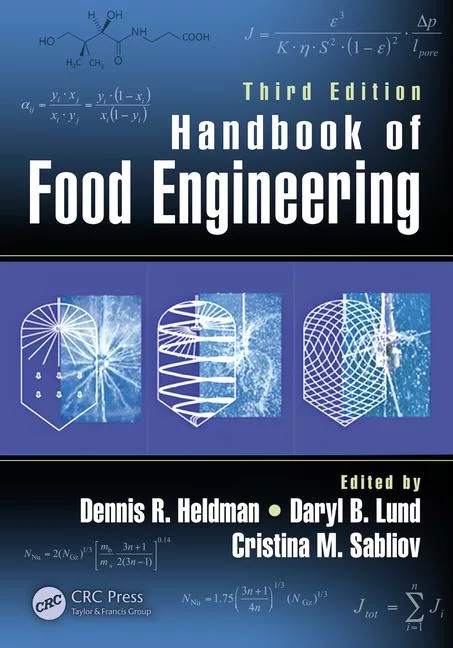Vision/Inspection/Detection
New Series of Inductively Coupled Plasma Mass Spectrometers

Image courtesy of Shimadzu Scientific Instruments
Shimadzu Scientific Instruments' new ICPMS-2040/2050 series of inductively coupled plasma mass spectrometers feature a mini-torch system, a redesigned collision/reaction cell and a quadrupole mass filter with enhanced resolution. The ICPMS-2040/2050 series is designed for analyzing the concentration of inorganic elements in solution samples in industries including environmental, pharmaceutical, clinical, food, chemical and material.
The torch design of the ICPMS-2040/2050 series improves sample ionization efficiency by keeping argon gas consumption low and decreasing sample flow rate into the plasma. The mini-torch system consumes 11 liters per minute of argon, two-thirds the amount used by typical plasma torches and enables continuous operation using a 7-cubic-meter gas cylinder for up to 10 hours. These systems have a high-frequency power supply that features high-speed matching functionality, allowing for the use of low-cost, low-purity (99.95%) argon gas to generate plasma.
The ICPMS-2040/2050 series enables high-sensitivity analysis of target elements. In collision mode, introducing inert helium gas into the cell generates a kinetic energy difference between target ions and polyatomic ions. This difference is used for polyatomic interference removal in a range of applications. In reaction mode, when a specific gas is introduced into the cell, a reaction of gas with ions occurs to reduce interferences.
These instruments feature a quadrupole mass filter with enhanced resolution that improves signal stability when analyzing samples for long periods by applying a pulse voltage between the analysis of each mass. This maintains a constant charge level at the electrode surface to mitigate ion charge effects on the mass filter.
With the ICPMS-2040/2050 series, operators can reportedly analyze masses at 0.5 amu intervals using the high-resolution mode, enabling half-mass correction for doubly charged interferences common in rare earth elements (REEs). In addition, the inter-element correction (IEC) function can correct for interferences that cannot be eliminated by the collision/reaction cell.
The redesigned gas controller reduces gas introduction and purge times, allowing analytical conditions to be changed rapidly. While measuring multiple samples, users can start the rinsing sequence early by sending the autosampler probe to rinse while collecting data using the sample already in the probe line to complete the analysis, thus reducing analysis time and conserving the sample without any additional accessory or cost. The ICPMS-2040/2050 series also reduces operator supervision time because the extended rinsing function allows the ICPMS to run autonomously after plasma ignition.
The maintenance window in the new LabSolutions ICPMS software indicates operation times of key components and alerts users when it is time to maintain and/or replace parts. Preset analytical methods come configured with settings, such as plasma conditions, target elements, mass information and an internal standard, for common ICPMS applications such as EPA 200.8, USP 232/233/2232, ICH Q3D and more.
Looking for a reprint of this article?
From high-res PDFs to custom plaques, order your copy today!







